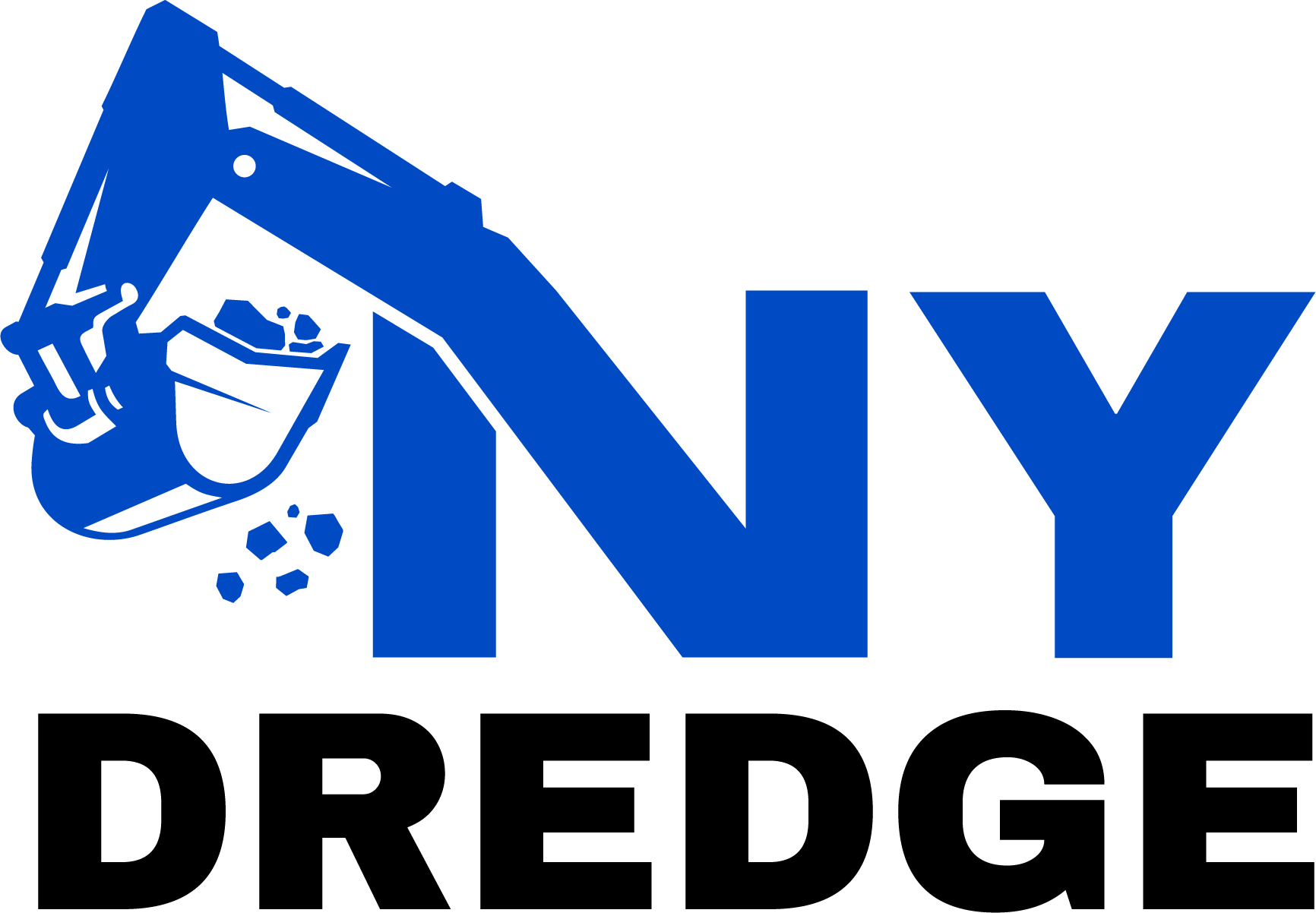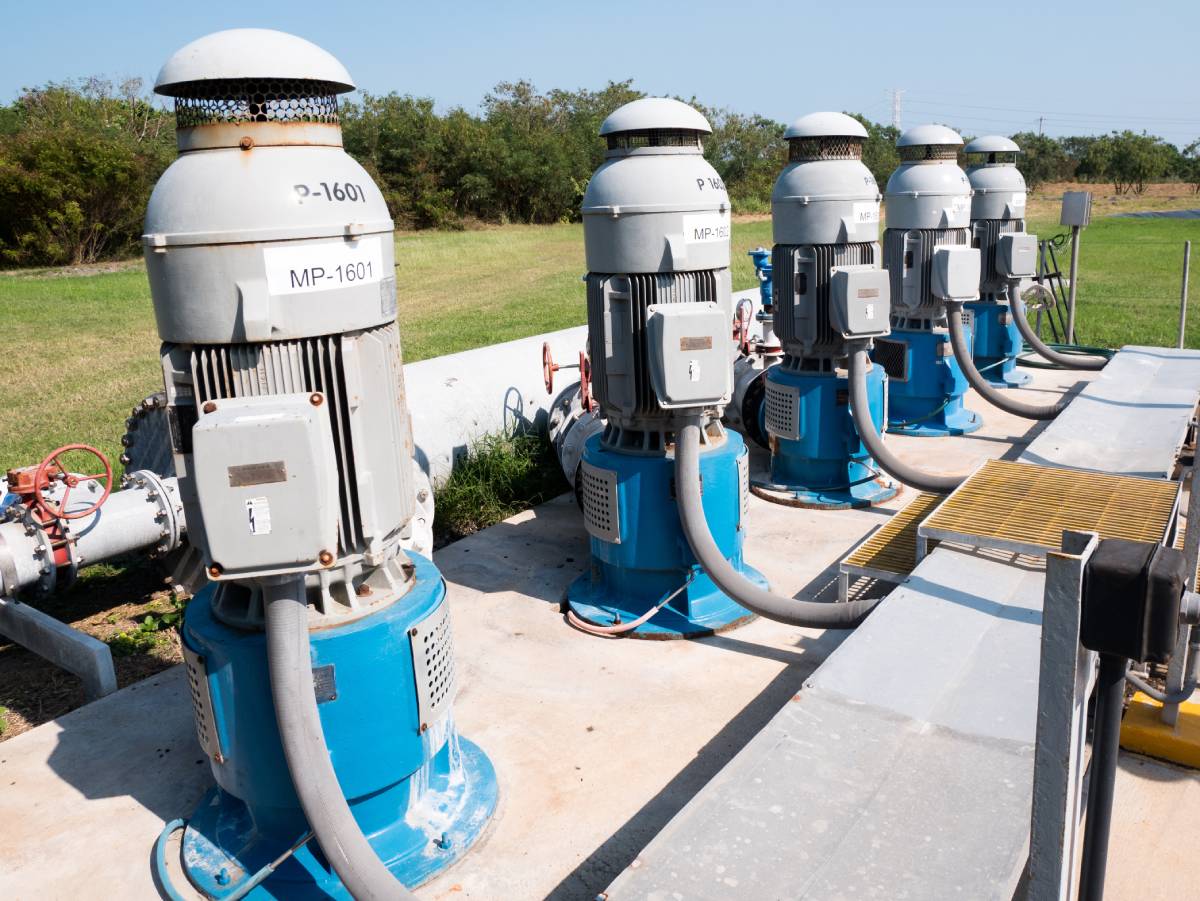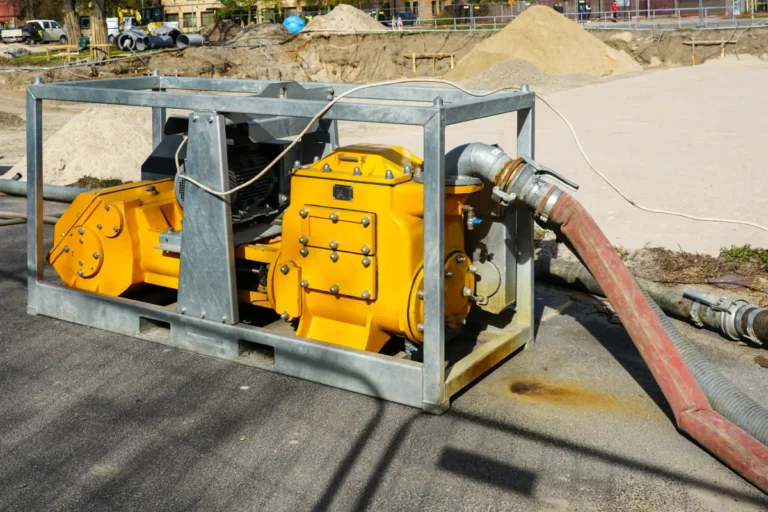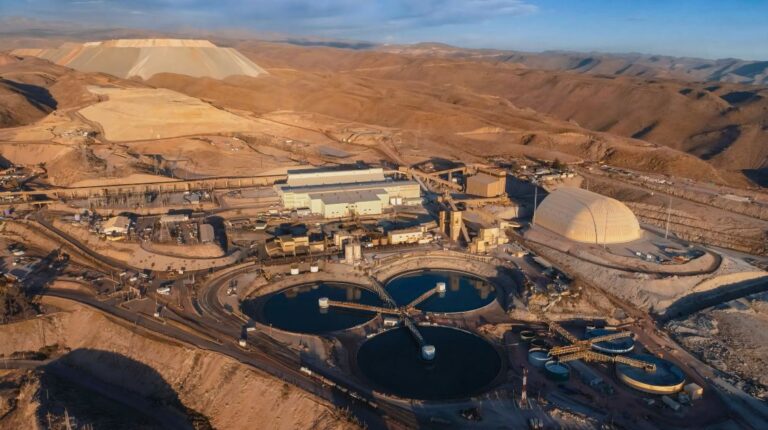Handling sludge is one of the most challenging aspects of wastewater treatment. Its high viscosity, abrasive nature, and varying solid content demand specialized equipment capable of operating reliably under tough conditions. Choosing the right pumps for sludge is critical not only for maintaining plant efficiency but also for reducing downtime and controlling long-term operational costs. With many options available — from submersible sludge for pump applications to advanced positive displacement models — plant operators must carefully evaluate sludge characteristics, performance requirements, and lifecycle costs before making a decision.
Understanding Sludge Characteristics Before Pump Selection
Choosing the right pumps for sludge starts with a clear understanding of the material being handled. Sludge in wastewater plants is not uniform; its composition and properties can vary significantly depending on the treatment stage and process design.
Types of sludge in wastewater plants:
- Primary sludge is produced during sedimentation and typically contains higher levels of organic solids and grit.
- Secondary sludge comes from biological treatment processes and is usually lighter but more difficult to dewater.
- Digested sludge results from anaerobic or aerobic digestion and can be thicker, more stable, and less odorous but still challenging to move efficiently.
Variables affecting pump choice:
When selecting equipment, operators must consider viscosity, abrasiveness, and the percentage of solids in the sludge. High-viscosity sludge requires pumps with strong suction and positive displacement capabilities, while abrasive materials demand wear-resistant designs. Solid content and flow consistency also influence whether centrifugal pumps, progressive cavity pumps, or submersible sludge for pump applications are the best fit.
Impact of misjudging sludge properties:
Failure to match pump design with sludge characteristics can result in frequent clogging, excessive wear, and shortened service life. This not only increases downtime but also drives up energy use and maintenance costs. For wastewater plants exploring sludge pumps for sale, properly assessing sludge behavior ensures that the chosen system delivers long-term reliability and cost efficiency.
Core Pumping Technologies for Wastewater Sludge
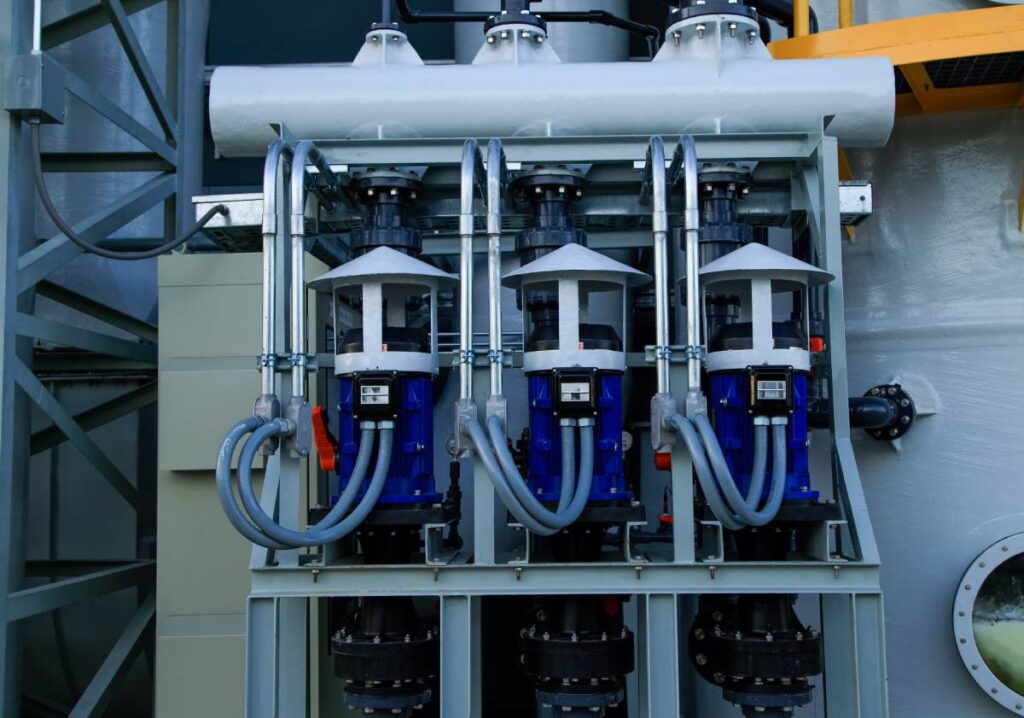
Selecting the right pumps for sludge requires understanding the major pumping technologies available for wastewater applications. Each pump type operates differently and has unique strengths when handling thick, abrasive, or high-solid sludge.
Positive displacement pumps vs. centrifugal pumps:
- Positive displacement pumps (such as progressive cavity or peristaltic designs) are highly effective for transferring viscous sludge with a consistent flow rate, even under variable pressure conditions. They are preferred when precision and steady movement are required.
- Centrifugal pumps, on the other hand, are commonly used for larger flow volumes with lower solid concentrations. While they are versatile and cost-effective, their efficiency can drop when dealing with highly viscous or abrasive sludge.
Submersible sludge pumps:
For plants that require submerged operation, a submersible sludge for pump application is often the best choice. These pumps are compact, easy to install in wet wells, and minimize suction lift issues. They perform well in wastewater environments where space is limited, though careful attention must be given to sealing systems and wear protection.
Alternative sludge pump technologies:
- Progressive cavity pumps handle thickened and digested sludge effectively due to their ability to maintain steady flow.
- Peristaltic pumps offer chemical resistance and simple maintenance, making them suitable for dosing and smaller sludge transfer applications.
- Diaphragm pumps are often used in intermittent sludge handling, particularly where abrasive slurries or chemical compatibility is critical.
Submersible Sludge Pumps: Strengths and Limitations
Among the various options for pumps for sludge, the submersible design is often considered when wastewater plants require a compact, space-saving solution. These pumps are installed directly in the liquid they handle, eliminating the need for long suction lines and reducing the risk of air entrainment.
Strengths of submersible sludge pumps:
- Compact installation: They require less floor space, making them suitable for confined wastewater treatment facilities.
- Efficient operation: With the pump submerged, priming issues are avoided, and energy losses due to suction lift are minimized.
- Reduced noise levels: Submersion naturally dampens sound, making them quieter compared to surface-mounted alternatives.
Limitations and considerations:
Despite these advantages, submersible units present challenges. Regular inspection is more difficult since the pump operates below the surface, requiring specialized lifting equipment for removal. Seal integrity is critical — if compromised, water ingress can damage the motor. Additionally, wear caused by grit and solids in sludge can shorten service life without proper material selection and protective coatings.
What to look for when purchasing:
When reviewing a submersible sludge for pump or browsing sludge pumps for sale, buyers should evaluate motor power, impeller design, and sealing systems. Hardened materials and clog-resistant impellers can extend reliability, while robust seals and monitoring sensors help prevent costly downtime.
Key Performance Criteria to Evaluate in Sludge Pumps
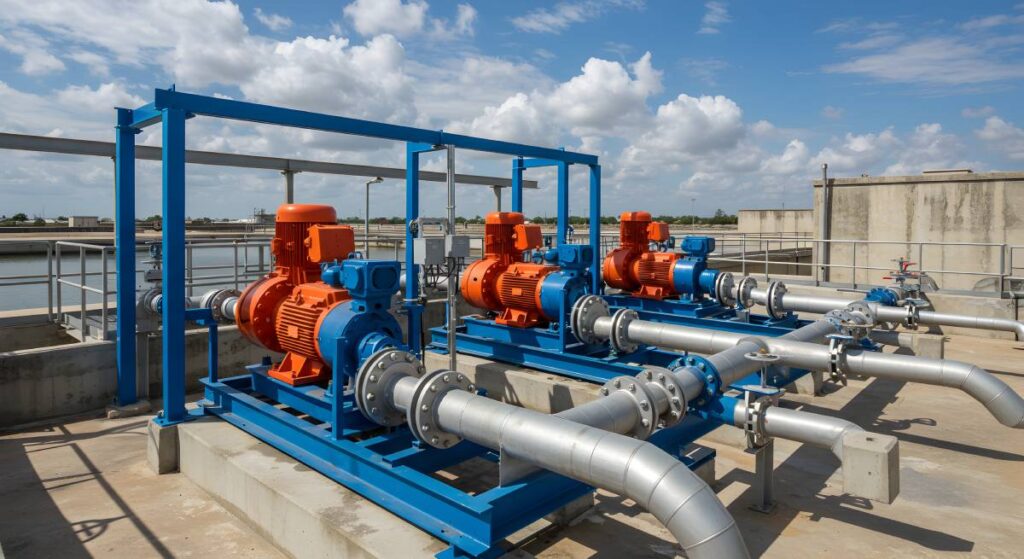
When comparing different pumps for sludge, engineers and operators should move beyond just capacity and cost. The right selection depends on carefully matching performance criteria to the sludge characteristics and the operating conditions within the plant.
Solids-handling capability
Sludge often contains debris, rags, and grit. Pumps must be able to pass large particle sizes without clogging. Impeller design — such as recessed, vortex, or open impellers — plays a critical role in ensuring uninterrupted operation.
Flow rate and head requirements
Understanding the required volume of sludge to be pumped and the discharge pressure is essential. Oversized pumps waste energy, while undersized pumps struggle to maintain consistent flow, leading to operational inefficiencies.
Material durability and wear resistance
Because sludge is often abrasive and corrosive, pump components should be constructed from hardened alloys, cast iron, or wear-resistant elastomers. This ensures longer service life and reduces costly downtime.
Energy efficiency and lifecycle costs
Initial purchase price is only one factor. Evaluating total cost of ownership — including energy consumption, routine maintenance, and spare parts availability — ensures that operators choosing from sludge pumps for sale make a sustainable investment.
Monitoring and control compatibility
Modern plants benefit from pumps with built-in monitoring features such as seal sensors, temperature protection, and vibration detection. These systems allow predictive maintenance, reducing the risk of sudden failures.
Whether choosing a dry-mounted unit or a submersible sludge for pump, these performance criteria guide decision-makers toward pumps that deliver reliability, efficiency, and cost control in wastewater operations.
Installation and Space Constraints in Wastewater Plants
The layout of a wastewater treatment facility plays a major role in determining the right pumps for sludge. Even a technically suitable pump can underperform if installation conditions are not properly considered.
Wet well vs. dry pit configurations
- Wet well installations often utilize submersible sludge for pump systems, which are directly placed into the sludge basin. This setup minimizes suction lift issues and saves floor space but requires careful planning for retrieval and maintenance.
- Dry pit installations house pumps in a dedicated chamber, making them more accessible for inspections and repairs. However, these systems require more physical space and may involve complex piping layouts.
Pump positioning for optimal performance
Correct positioning ensures consistent flow and prevents clogging. Pumps should be placed to minimize suction line length and sharp bends, reducing the risk of blockages and wear. In thicker sludge applications, vertical configurations or progressive cavity pumps may be better suited to maintain consistent movement.
Safety and accessibility considerations
Maintenance access must be factored into installation design. Submersible units, for example, need lifting mechanisms for removal, while dry-installed pumps require adequate clearance for disassembly. Safety features like non-slip flooring, ventilation, and lifting equipment should be part of the design to protect operators during pump servicing.
For plants reviewing sludge pumps for sale, considering installation requirements early prevents costly retrofits and ensures smooth integration into existing infrastructure.
Maintenance and Lifecycle Considerations
Long-term reliability of pumps for sludge depends not only on correct selection but also on how easily the pump can be serviced and sustained throughout its operating life. Poor maintenance planning often leads to unexpected downtime, excessive costs, and reduced plant efficiency.
Ease of access to wear parts
Sludge is abrasive, which accelerates wear on impellers, seals, and liners. Pumps with accessible maintenance points allow operators to replace critical parts quickly, minimizing downtime. Progressive cavity and peristaltic designs often provide straightforward component replacement, while submersible sludge for pump units may require more specialized handling.
Seal and bearing integrity
Seal failures are one of the most common issues in sludge pumping. Double mechanical seals, oil-lubricated systems, and built-in seal monitoring sensors extend service life. Bearings must also be adequately protected from contamination by grit and moisture.
Predictive maintenance technologies
Modern sludge pumps often come with vibration sensors, thermal protection, and remote monitoring systems. These features allow plants to anticipate failures before they occur, improving uptime and lowering emergency repair costs.
Lifecycle cost evaluation
When considering sludge pumps for sale, it is essential to look beyond the upfront investment. Energy efficiency, frequency of maintenance, and spare parts availability directly influence the total cost of ownership. A pump that is more expensive initially may ultimately save money if it delivers higher reliability and lower energy consumption.
Matching Pump Type to Specific Sludge Handling Applications

Not all sludge within a wastewater plant has the same characteristics, and different stages of the process demand specialized pumping solutions. Selecting the right pumps for sludge means aligning pump type with the specific application to ensure performance and durability.
Thickened sludge transfer
For high-viscosity sludge with elevated solids content, progressive cavity or peristaltic pumps provide consistent flow without clogging. Their positive displacement design handles shear-sensitive materials effectively.
Digested sludge pumping
Digested sludge, which is more stable but denser, often requires heavy-duty submersible sludge for pump units or positive displacement pumps with hardened materials to resist abrasion and grit.
Dewatering feed applications
When feeding centrifuges, filter presses, or belt presses, pumps must deliver steady flow at controlled pressures. Progressive cavity and diaphragm pumps are common in this role because they maintain accuracy and protect downstream equipment.
Return activated sludge (RAS) and waste activated sludge (WAS)
These applications involve lighter, more dilute sludge. Centrifugal pumps are often effective here due to their ability to handle larger volumes at lower pressures.
High-solids and grit-laden sludge
In particularly abrasive conditions, pumps with open or recessed impellers, built-in wear protection, and robust sealing systems are critical. Submersible options are often deployed in grit chambers or sludge basins where debris and solids are common.
For plants exploring sludge pumps for sale, evaluating these use cases ensures the right pump is applied to the right task, reducing wear, energy costs, and unplanned downtime.
Making the Right Choice for Sustainable Operations
Selecting the right sludge pump is about more than just moving material from one point to another — it directly impacts the reliability, efficiency, and sustainability of wastewater operations. By understanding sludge characteristics, comparing pump technologies, and evaluating performance and lifecycle factors, operators can make informed choices that extend equipment life and reduce costs. If you’re looking for dependable sludge pumps for sale or expert guidance on the best solution for your facility, explore the range of options available at NY Dredge to find equipment tailored to your toughest sludge-handling challenges.
